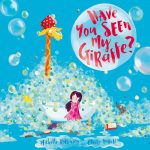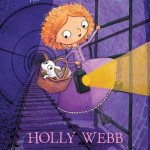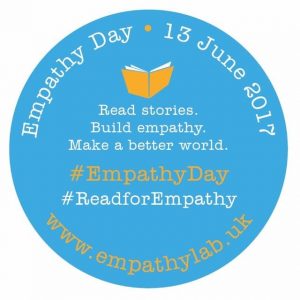
Today is Empathy Day, led by Empathy Lab, an organisation whose aim is to incubate an empathy, literature and social action programme for 4-11 year old. They aim to make a real different to thousands of children’s lives, story by story. But what is empathy?

What is the role of literature in the development of empathy?
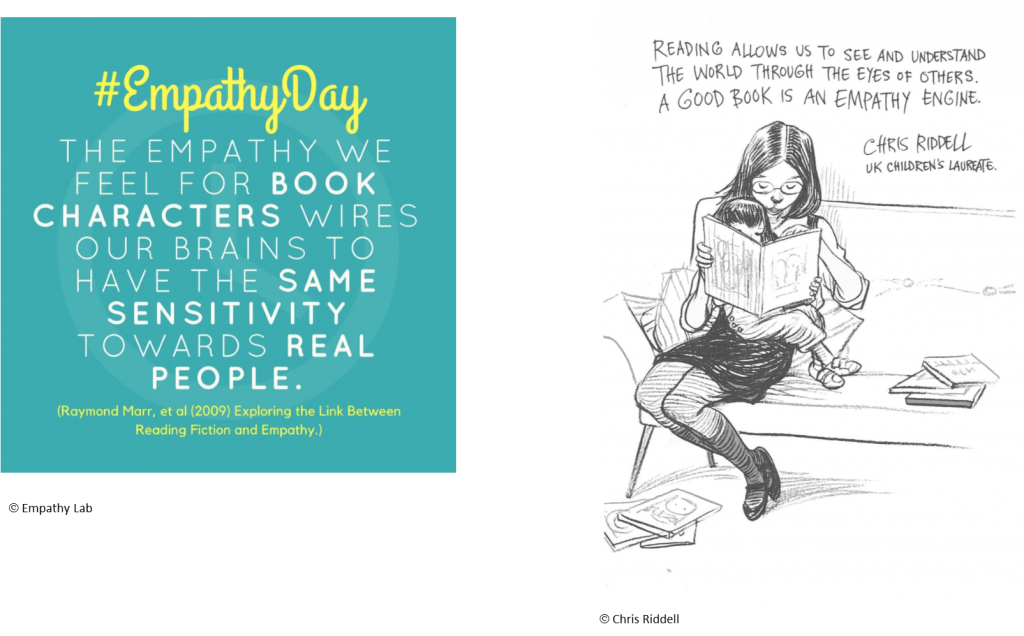
In this golden age of children’s literature, and particularly picturebooks, we have seen the emergence of richly illustrated multi-level and sometimes very elaborate narratives which have allowed picturebook makers to explore more complex themes in new, original ways. Because while there is no denying most of these new books have a ‘message’ that they are trying to convey to their readers, we have certainly moved away from the overtly didactic and rather off-putting stories of the past, which shoved moralistic messages down the reader’s throat, sacrificing the narrative in the process. Instead many recent picturebooks offer covert, subtle themes which encourage the building of empathy, and Red: A Crayon Story by Michael Hall (Greenwillow) is a perfect example of this.
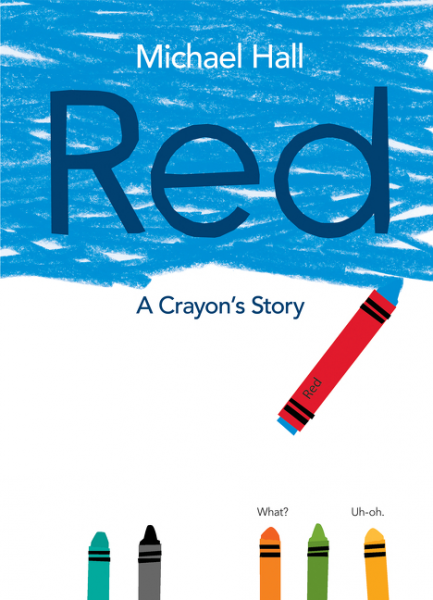 Red is the story of a crayon who, despite its red label, is very much a blue crayon, and who despite trying really really hard, simply cannot live up to his name. The others crayons, and the pencil telling the story, all have opinions as to why Red is failing as red crayon until one day, a new friend asks him to draw an ocean for her boat, and it turns out he is just amazing at it. This new perspective allows the other crayons to finally accept that his label was wrong; by doing so they begin to see him differently and accept him as he is inside, blue. Though this may sounds a simplistic narrative, its metaphorical tackling of being ‘labelled’ is really packs a punch, making it so easy to understand for the youngest of audiences.
Red is the story of a crayon who, despite its red label, is very much a blue crayon, and who despite trying really really hard, simply cannot live up to his name. The others crayons, and the pencil telling the story, all have opinions as to why Red is failing as red crayon until one day, a new friend asks him to draw an ocean for her boat, and it turns out he is just amazing at it. This new perspective allows the other crayons to finally accept that his label was wrong; by doing so they begin to see him differently and accept him as he is inside, blue. Though this may sounds a simplistic narrative, its metaphorical tackling of being ‘labelled’ is really packs a punch, making it so easy to understand for the youngest of audiences.
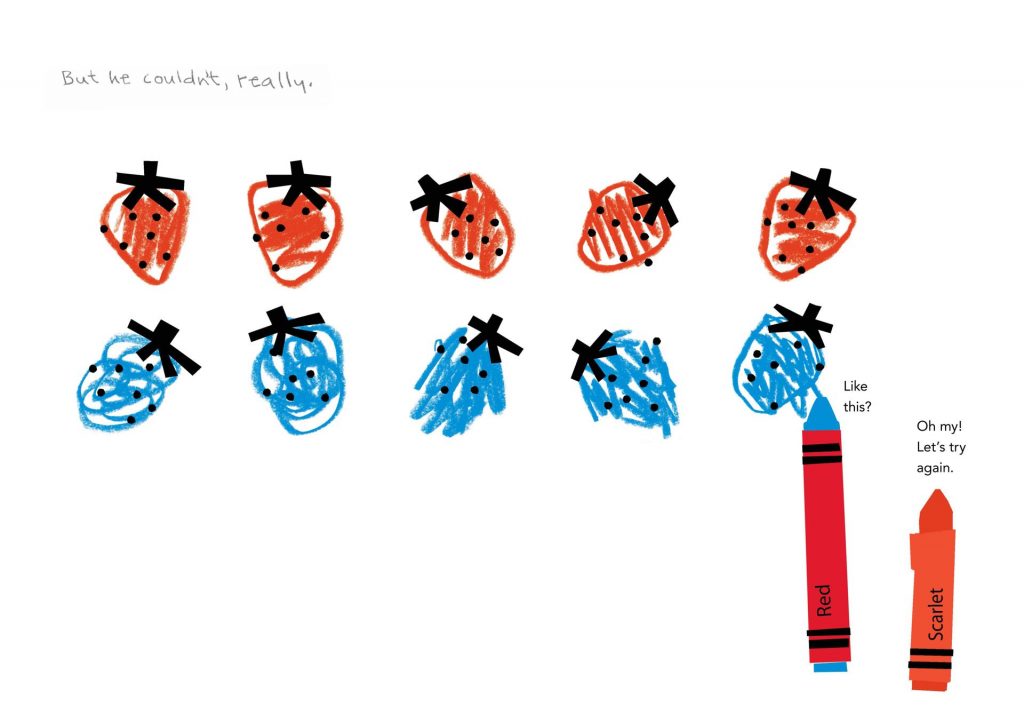
We are literally faced with a story of someone who does not fit the expectations linked to his perceived role in society: his label says he is a red crayon, so he should draw in red. It is as simple as that. Except it is not, of course and even the youngest of children, as soon as they find themselves within a social setting, will be faced with the reality of fitting or not fitting a pre-determined expectations. The thing that is so clever about this particular book is the variety of interpretations that can be drawn from this simple story. To me, straight from the first reading, it felt obvious that this story was about being transgender. But is it, or rather does it have to be? The joy of this book, particularly in light of Empathy Day, is that actually, it can be about anything, and that young readers are able to extract a meaning that makes sense, and fits them. It might mirror their own experiences, or others’ they have been witness to, or even neither. The book is about identity and feeling different, having to be something you are not so you can fit in and meet people’s expectations of how and who you should be. It is about society’s construction of the idea of otherness, and how society is not always very progressive when it comes to accepting people as they are, at first. This spread is particularly telling:
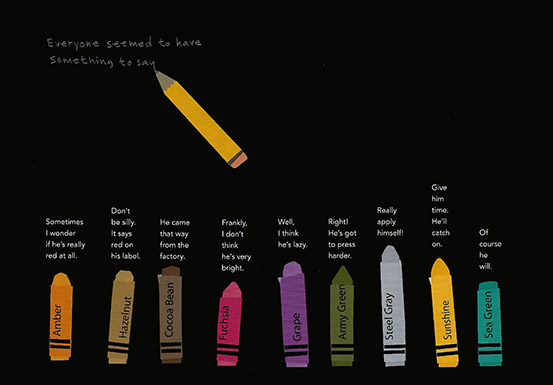
This could be about so many things: not being able to read, or not being great at sports; the important message here is the alienation felt by Red; he does not fit into the social make-up he is supposed to – it says red on his label, so why isn’t he? This spread also brings a lot of questions about how much of what makes us who we are can be changed. Red tries hard to change: he practices, the scissors, glue and sharpener attempt to ‘mend’ him, but to no avail. There are things that can be changed through practice and effort, of course. We can get better a reading or playing piano, we can learn to be kinder. But identity, and what makes us is much deeper and complex. The point Red: A Crayon Story makes is that some things just cannot be and should not be changed. What needs to change is others’ outlook on what they see as otherness, whatever defines it. This, I think, is what makes Red: A Crayon Story the perfect picturebook for Empathy Day.
There are a lot of resources on using in the classroom. For example check out this Teaching Children Philosophy book module and HarperCollins Teachers’ Hub Notes.
Be sure also to check out Empathy Lab’s brand new Read for Empathy Guide.
You can buy a copy of Red: A Crayon Story here.
Source: own copy



